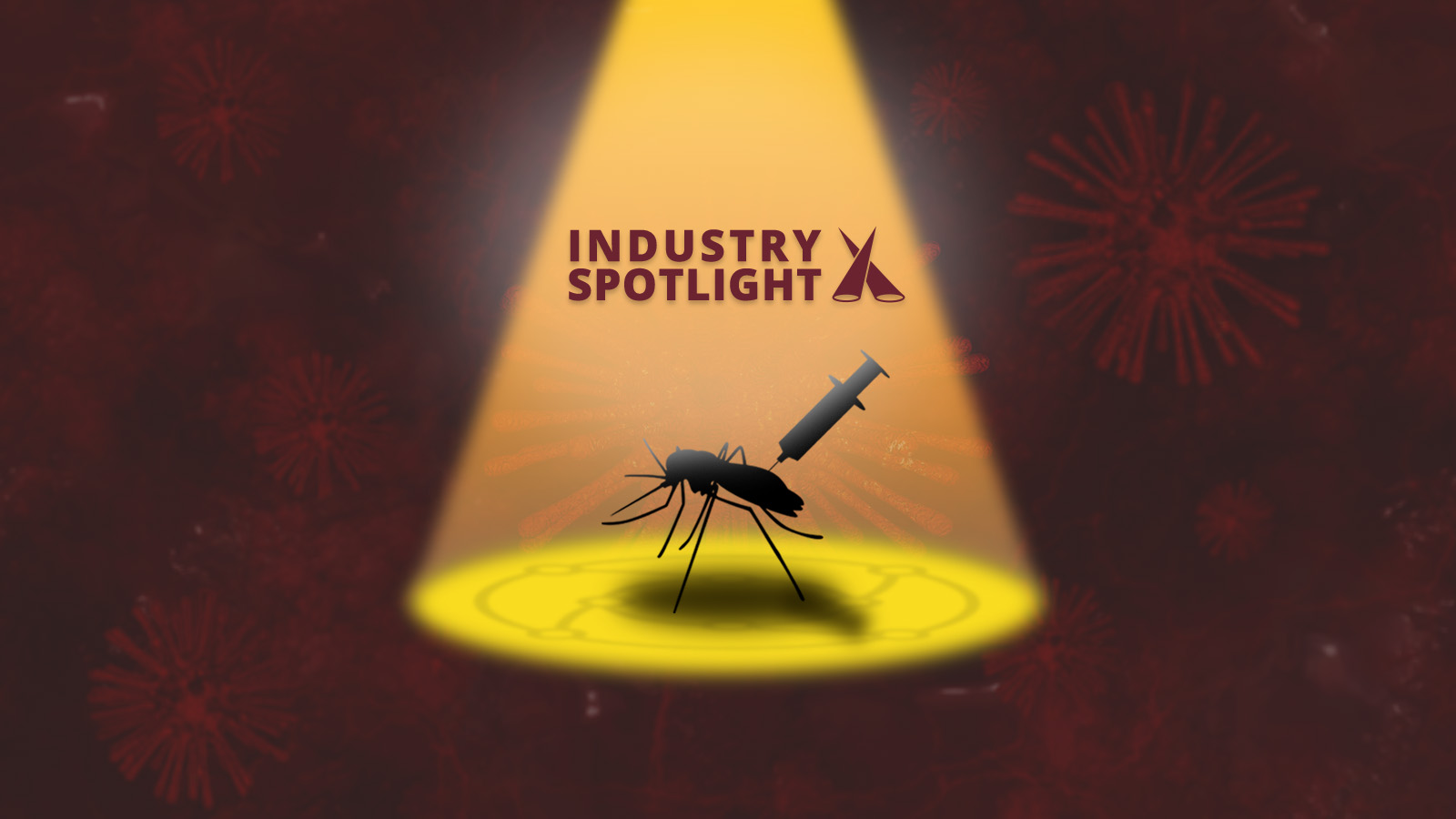Dual-Action Malaria Vaccine Takes the Punch out of the Parasite

In early November, the first large-scale rollout of a malaria vaccine, GSK’s Mosquirix, began, ending the decades-long search for an effective vaccine for the disease. Other vaccines look to be on the horizon, too: both the University of Oxford and BioNTech are working on their own candidates. Despite being promising steps, these vaccines will not be sufficient to eradicate malaria as they can only prevent the infection in humans. To wipe out malaria entirely, vaccines will also need to stop transmission from humans into uninfected mosquitoes.
Fortunately, such vaccine capacities are no longer out of reach. Researchers at George Washington University (GWU) have used mRNA to create a two-part vaccine set which prevents infection and transmission. In a paper published in early December, it was announced that the candidates had a 95% efficacy rate against transmission and were nearly 80% effective against infection in rodent models.
The mRNA platform “has shown tremendous potential” and the team of researchers were “floored by the data that [they] got in their studies.”
The vaccine duo targets Plasmodium falciparum, the deadliest of the four parasites that cause malaria. Previous vaccines (including Mosquirix) only target one protein that the parasite secretes as it moves through the host’s bloodstream. By contrast, the vaccine developed at GWU targets two: one which allows the parasite to navigate to the liver where it reproduces, and one which helps the parasite to reproduce within the mosquito.
Pfs25, the protein targeted to prevent transmission, has been on the radar for some time, but finding a way to produce an immune response against it has proven challenging. The development of mRNA technology has solved this problem, as it has provided a vaccine platform which can mimic the structure of the antigens or proteins in the parasites to make the vaccine functionally effective. Nirbhay Kumar, co-senior author of the paper, said in an interview that that the mRNA platform “has shown tremendous potential” and that the team of researchers were “floored by the data that [they] got in their studies.”
- Oxford Global's R&D Key 40 Stories
- Nexelis’s Collaborative Development for Optimal Clinical Assay
- Universal Vaccines & Vaccine Therapeutics
Whilst the transmission-blocking vaccine achieved over 95% efficacy from as little as two doses, the infection-preventing vaccine requires three to four doses for 80% efficacy. This is not out of the ordinary for malaria vaccines; Mosquirix’s primary series requires four doses, whilst R21 needs three doses to be effective.
The senior co-authors have filed a patent application for the vaccine duo, but further research is required to understand optimal dosing and the longevity of protection. They will also begin investigating mRNA vaccines against other malaria-causing parasitic strains since, as Kumar put it, “if we’re talking about malaria elimination, targeting P. falciparum will not be enough.”
Join Oxford Global’s annual Biologics UK: In-Person event today. This 3-day conference brings together a panel of prominent leaders and scientists, sharing new case studies, innovative data, and exciting industry outlooks.
Get your weekly dose of industry news here and keep up to date with the latest ‘Industry Spotlight’ posts. For other Biologics content, please visit the Biologics Content Portal.






